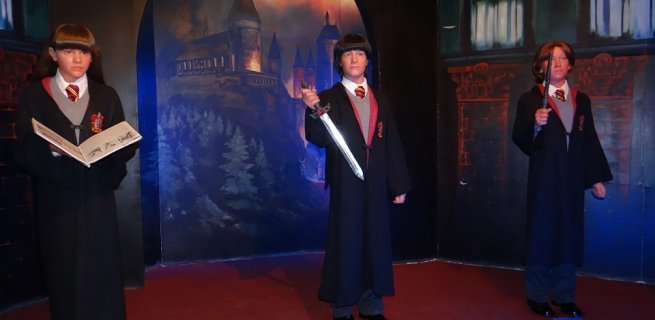Criminal lawyer Alan Blacker found himself on the firing line during an appearance in Cardiff Crown Court last year, and is now under investigation for claims he made during that court appearance.
Mr Blacker, who has very long hair, wore an array of St John Ambulance medals and ribbons to court, where he appeared before Judge David Wynn Morgan, calling himself Lord Harley. Mr Blacker claimed that Lord Harley was a title attached to his Irish heritage.
Judge Wynn Morgan found Mr Blacker’s appearance offensive and launched a scathing attack on his lack of court etiquette, stating “If you want to look like something out of Harry Potter, you can forget coming to this court ever again. The Judge went on to state:
“I have been practising in these courts since 1978 and I have never seen a barrister or solicitor appear before these courts wearing a medal or with badges sewn onto his gown.
“Here in South Wales we had a barrister, who later became a judge, who had won during the Battle of Normandy the highest order of gallantry in a Victoria Cross.
“Did you ever see him wearing a medal? He would have considered it the height of vulgarity for such a thing to be done.
“If you ever appear before this court again dressed as you are I shall exercise my right to decline to hear you.”
The Harry Potter Lawyer
Mr Blacker, who was nicknamed the “Harry Potter Lawyer” by British media, was “very upset” by the Judge’s remarks and made a complaint to the Judicial Conduct Investigations Office.
Unfortunately for Mr Blacker, the Solicitors Disciplinary Tribunal is now investigating him for allegedly misleading the Court by using “inaccurate” titles. He is also accused of wearing St John medals and ribbons, despite not even being a St John member.
Chief Executive of St John, Keith Dunn told the BBC: “He is not entitled to say that he is a Knight of the Order of St John and the dignities that appertain to membership.
“We have asked the chief constable for South Wales Police to investigate this matter and St John will be taking legal action if necessary.”
Court Etiquette
While the whole Harry Potter saga is quite comical, the subject of court etiquette has a long and delicate history – including here in Australia.
To be classified as a profession, the legal discipline was required to have a code of conduct, which is now one of the most recognised and important characteristics of the legal profession.
Over time, the profession has established rules and procedures that blend principles of ethical behaviour, etiquette, and good advocacy.
ACT Supreme Court Justice Richard Refshauge wrote that there are three very good reasons why courtroom etiquette should be taken seriously by members of the profession and the public alike:
Firstly, courts exercise important and effective powers, which demand an outward appearance of respect from those who attend.
Secondly, litigation can be a highly stressful process, especially for those who are interacting with the legal system for the first time. The stress and animosity attached to the adversarial nature of the court system can be minimised by formality, detachment and the standard processes that rules of courtroom etiquette protect.
Thirdly, efficiency and fairness are enhanced by conducting orderly business.
Justice Refshauge argues that the tenets of legal etiquette can be roughly broken down as follows:
- Be courteous
- Be relevant
- Be prepared
- Be succinct
- Be frank and honest
Conservative Dress
Lawyers have a reputation for being very conservative dressers, and Mr Blacker could be forgiven for wanting to brighten things up a little.
Even Justice Refshauge acknowledges there are some “incredibly constipated views” when it comes to the standards of dress that lawyers should uphold when appearing in court.
However, any appearance in court is a formal occasion; one that is about the parties to a dispute and the application of the law, not about the identity of the lawyer. It is therefore inappropriate for a legal practitioner to dress in a way that draws attention to themselves.
This is the reason most lawyers will adhere to the conservative black and grey suiting and traditional robes and wigs where relevant.
Sir Owen Dixon suggested in a 1953 lecture that, above all, following the rules and expectations of the legal profession assist lawyers to do a better job:
“Professional ignorance is often the real source of the so-called ethical problems which men [sic] feel. For with more knowledge of the law and of the customs and traditions of the Bar, men [sic] know instinctively what they ought to do and they do not conjure up fancied situations and imaginary problems.”
It seems that formal courtroom dress is here to stay – or at least for a long time to come.











